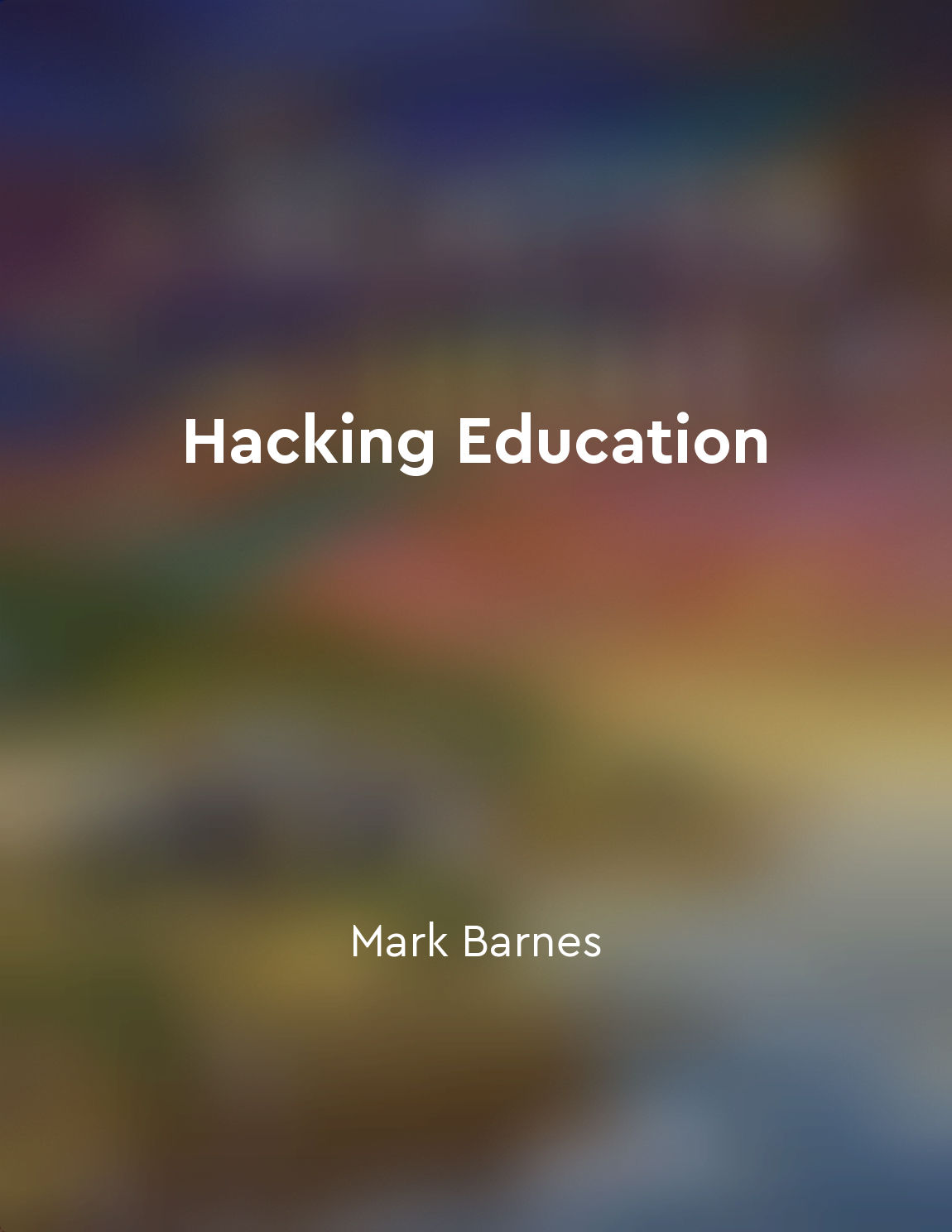Audio available in app
Shift from teachercentered to student-centered teaching from "summary" of Hacking Education by Mark Barnes,Jennifer Gonzalez
The days of the teacher standing at the front of the classroom, dispensing knowledge to a passive audience of students, are long gone. We are in the midst of a revolution in education, one that demands a shift from a teacher-centered to a student-centered approach. This shift is not just a passing trend or educational buzzword; it is a fundamental change in the way we think about teaching and learning. In a student-centered classroom, the focus is on the needs and interests of the students, rather than the agenda of the teacher. Students are actively engaged in their own learning, taking ownership of their education and becoming partners in the learning process. This means moving away from the traditional model of education, where the teacher is the sole authority figure and students are expected to passively absorb information. Instead, teachers in student-centered classrooms act as facilitators, guiding students as they explore new ideas, ask questions, and make discoveries. They create a learning environment that is collaborative, interactive, and personalized, where students have the freedom to pursue their own interests and passions. One of the key principles of student-centered teaching is the idea of differentiation, or tailoring instruction to meet the individual needs of each student. This means recognizing that every student is unique, with their own learning style, strengths, and challenges. By providing students with choices and opportunities to demonstrate their understanding in different ways, teachers can ensure that all students are able to succeed. Another important aspect of student-centered teaching is the emphasis on critical thinking, problem-solving, and creativity. Instead of simply memorizing facts and regurgitating information, students are encouraged to think critically about complex issues, analyze information, and come up with their own innovative solutions.- The shift from teacher-centered to student-centered teaching is about empowering students to take control of their own learning, develop a love of learning, and become lifelong learners. It is a transformation that requires a willingness to challenge traditional practices, embrace new ideas, and put students at the center of everything we do.


